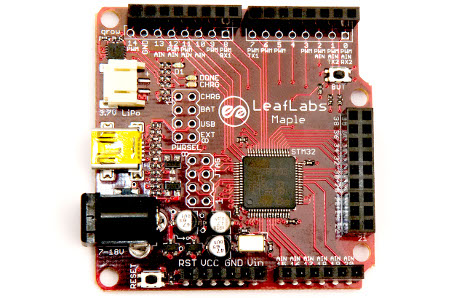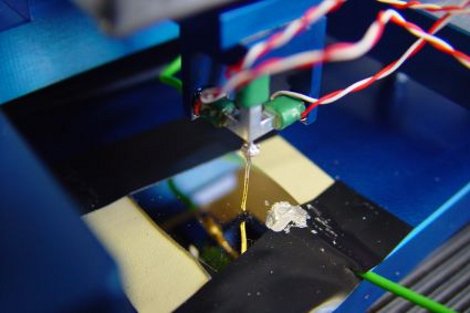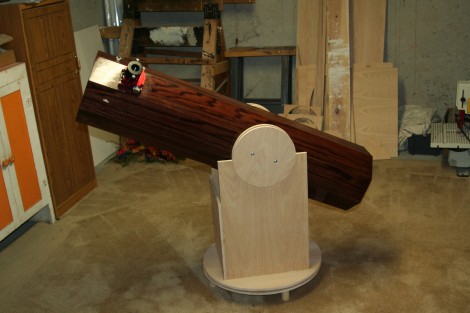
Leaf Labs is now shipping the Maple R3 boards. [Phil Burgess] gave the platform a look just before launch last fall and the high-powered prototyping board is now even better. New features come in both hardware and software varieties. The bootloader can now be upgraded without additional programming hardware, there’s hardware SPI and I2C interfaces, and a newly-polished IDE for Linux and Windows. At $50 it’s a good way to get access to the power of the ARM Cortex M3 processor at the center of the board. We’ve seen several projects that use the mbed, which is in the same class as the Maple, but we’re waiting to see what you’ve accomplished with this little devil.















